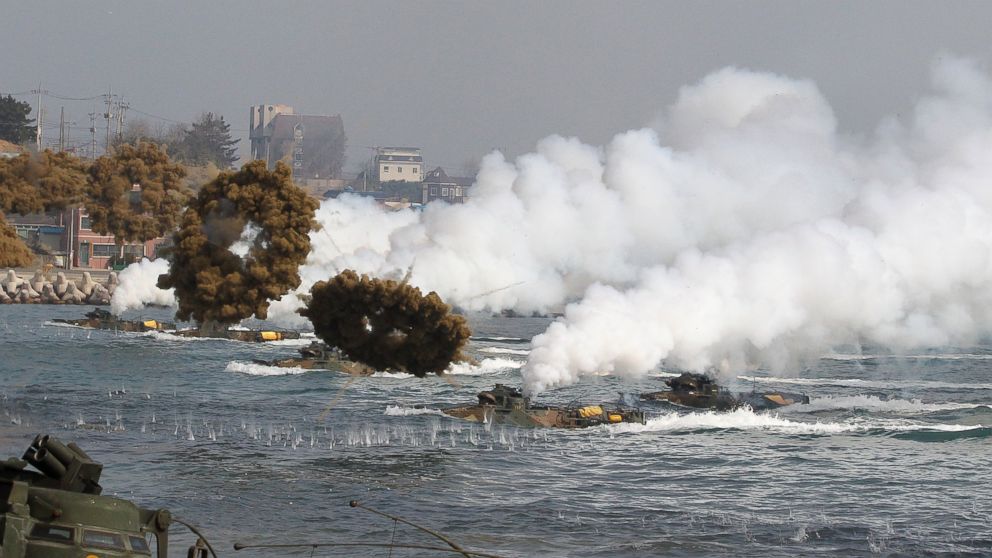KUALA LUMPUR, March 31 (Xinhua) -- Fresh objects floating in the southern Indian Ocean has renewed hopes for families of those aboard the missing Malaysian flight MH370 but uncertainty still surrounds even three weeks after its disappearance.
Orange items over two meters have been spotted in the remote Indian ocean region where search operations are ongoing but they are yet to be confirmed as belonging to MH370.
Search for the missing flight resumed on Monday with 10 aircraft and 10 ships. Australia who is spearheading the search operations has insisted that they will continue expanding the search until debris are found.
Australian navy ship Ocean Shield, fitted with a "black box" detector and an autonomous underwater vehicle, is also engaged in the search and officials are battling the clock as they attempt to uncover the plane's black box, the flight data recorder, whose batteries are designed to last about 30 days.
The plane, with 239 passengers and crew on board, disappeared en route from Kuala Lumpur to Beijing on March 8.
Relatives of the 239 passengers and crew have begun arriving in Kuala Lumpur seeking more information from Malaysian officials. They have also requested that officials continue to search for survivors no matter how remote it is.
Malaysia's Acting Transportation Minister Hishamuddin Hussein who met relatives on Saturday assured greater engagement and agreed not to close the door on the possibility of survivors.
He also called for calm from relatives as emotions ran high between them and the Malaysian government. "As long as there is even a remote chance of survival we will pray and do whatever it takes," he promised.
"What they (families) want is a commitment on our part to continue the search, and that I have given," Hishammuddin said. " For me, as the minister responsible, this is the hardest part of my life at the moment," he told reporters.
"Miracles do happen, remote or otherwise, and that is the hope that the families want me to convey -- not only to the Malaysian government, MAS (Malaysia Airlines), but also to the world at large."
An international panel on aviation security along with a parliament select committee may be appointed by the Malaysian government to probe overall airline safety.
Steps are also being taken to step up security in the entire aviation industry in the long term. "On the point of responsibility I've indicated that not only the Malaysian air force is doing the panel of inquiry, the Ministry of Transport is coming up with an international panel, which is being formed at the moment. The Malaysian government is to decide whether it would have a parliamentary select committee or royal commission and I believe all our partners would like to see what we have discovered through this exercise," he said.
Hishammuddin pointed out that aviation industry stakeholders including Boeing, Rolls Royce, the FBI, Chinese agencies and AAIB from Britain are involved in the search operations, which made the right platform to also discuss future security measures for the aviation industry. "You practically got everyone in the aviation industry involved. This is the best time for everybody to relook, not only at the aviation landscape but also on the issue of security and defense."
Meanwhile, arrangements to fly families of passengers to Perth will only be done after recovered debris is confirmed as from MH370.
Releasing a short statement, Malaysia Airlines clarified it will be making arrangements to fly family members to Perth, only once it has been authoritatively confirmed that the physical wreckage found is that of MH370. "Arrangements will be made as soon as the relevant government agencies have provided clearances for Malaysia Airlines to bring family members to the site where aircraft wreckage will be kept," the statement added.
The statement said a Family Assistance Centre (FAC) will be established in Perth. The FAC will become the focal point for all activities that have been planned for the families including briefings, religious and prayer services. "Malaysia Airlines is fully committed to supporting all efforts by the relevant foreign governments who continue to search for and recover the aircraft, and it continues to cooperate with all authorities involved in the investigation."
The Malaysian government has ordered the country's Attorney General to look into the legal implications of flight MH370 including possible claims of compensation.
Malaysia's powerful Cabinet of Ministers during a meeting on Friday morning decided to alert the Attorney General's department to consider all the legal repercussions that could be faced by the government or Malaysian airlines.
Malaysian airlines is separately consulting lawyers to obtain legal advice on how to proceed with the potential financial compensation that could be demanded from the 239 families of those on board the Boeing 777 flight. "We are obviously talking to various legal parties and also the families on this. So far what we have been requested, especially for the family members, is to identify the evidence affirmatively. That means they are still looking for evidence of the aircraft, so that is why search operations have been focused on," Malaysia Airlines Chief Executive Officer Ahmad Jauhari Yahya said in response to questions at the media briefing.
The Australian Maritime Safety Authority (AMSA), which oversees the search, announced Friday that the search area was being shifted about 1,100 km to the northeast on what was said to be a credible new lead developed from a refined analysis of satellite and radar monitoring of the aircraft before it vanished.



















